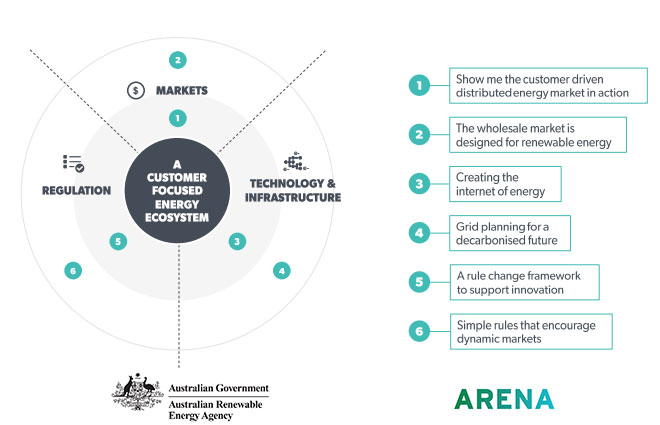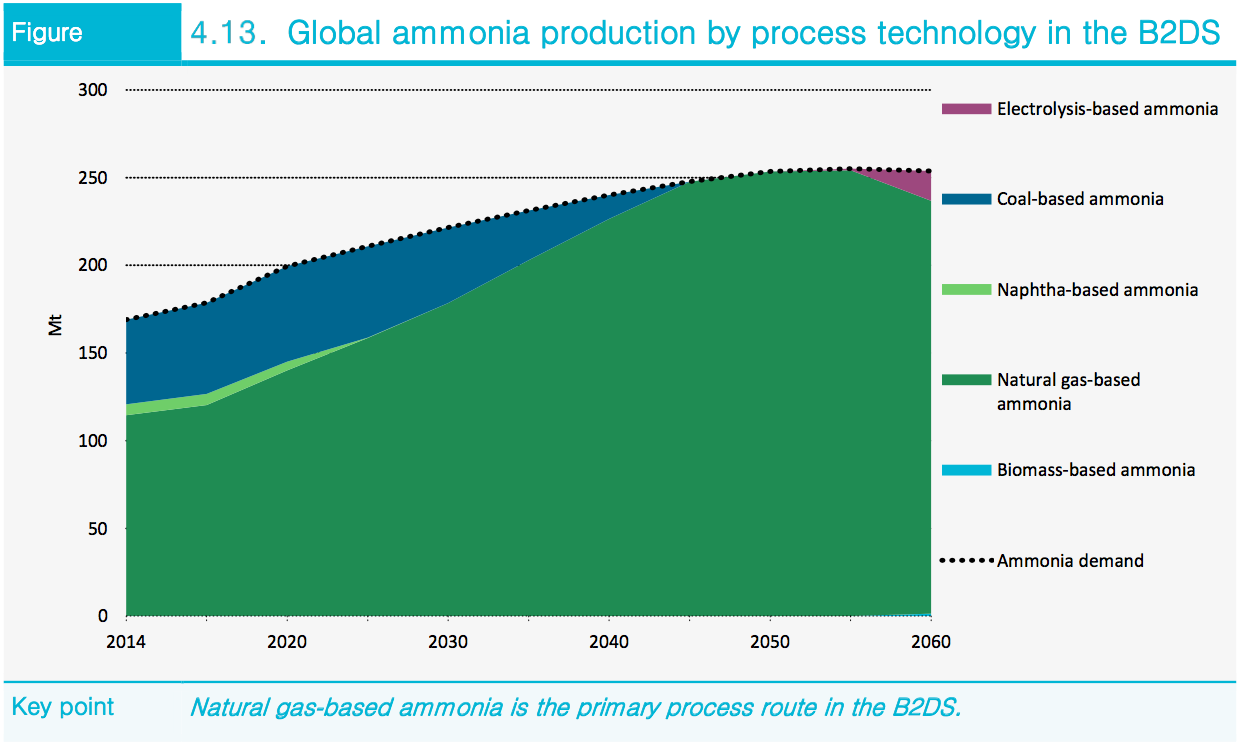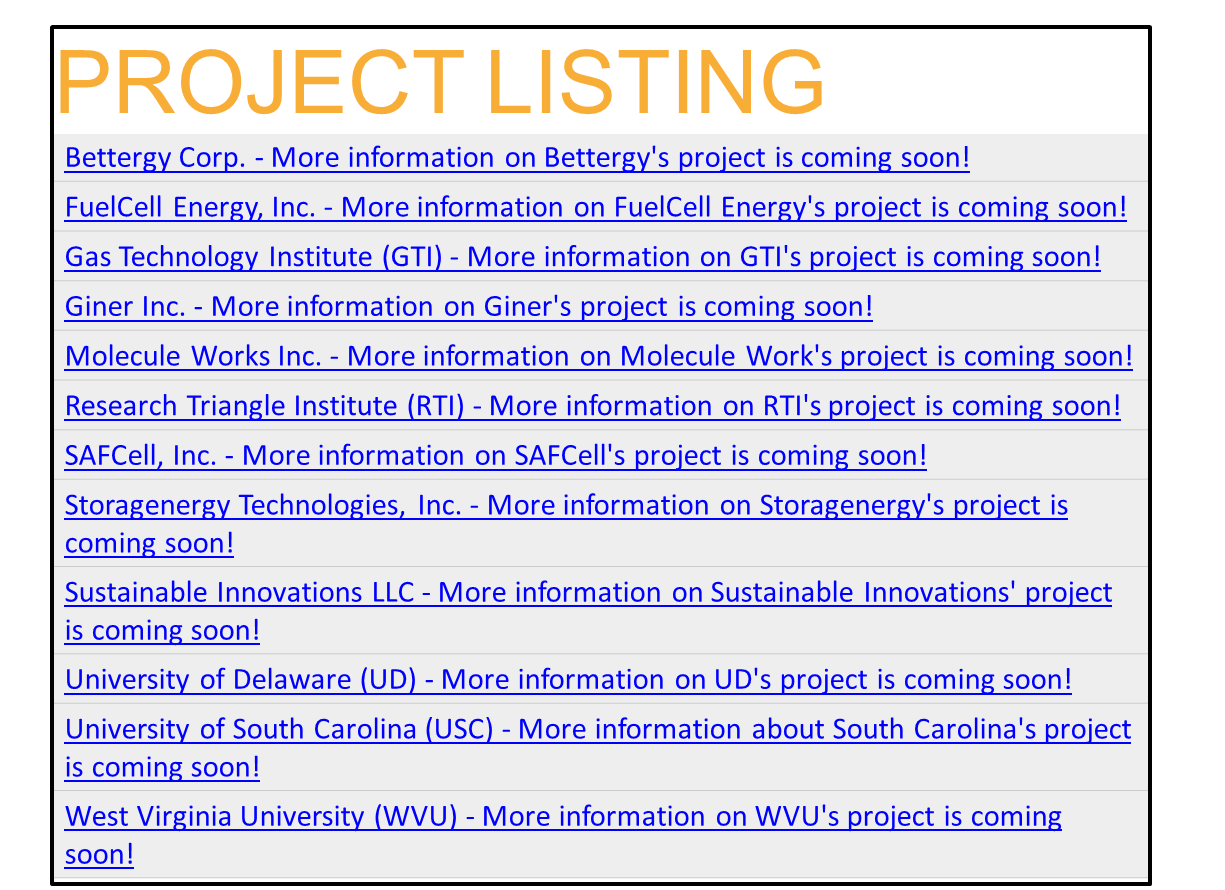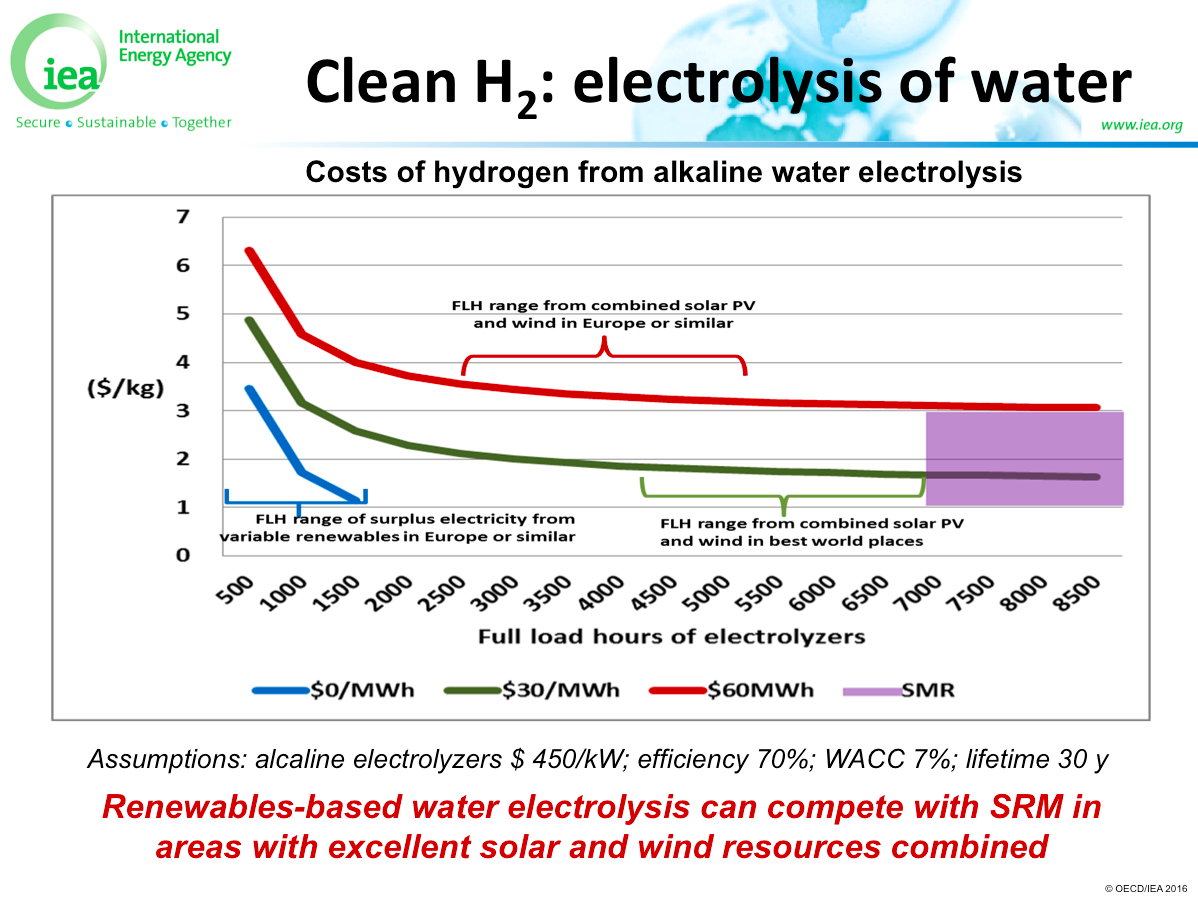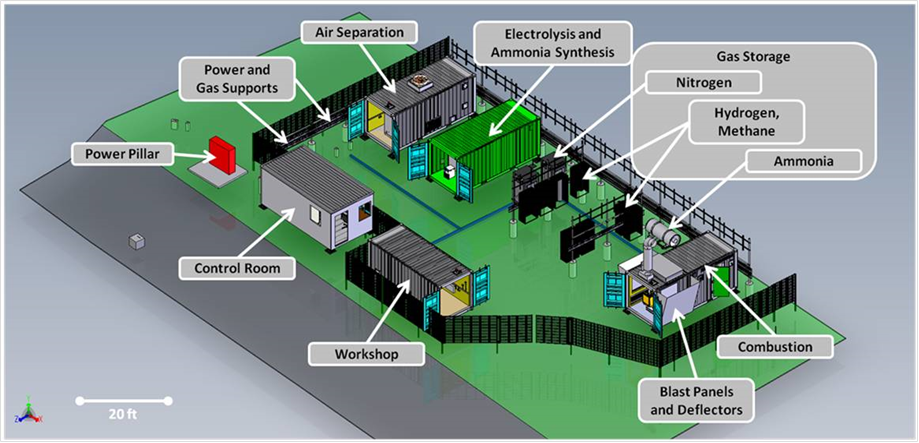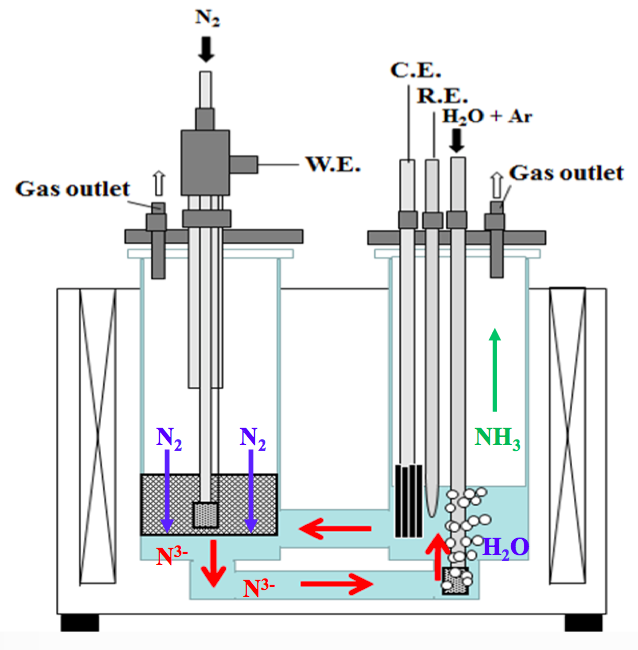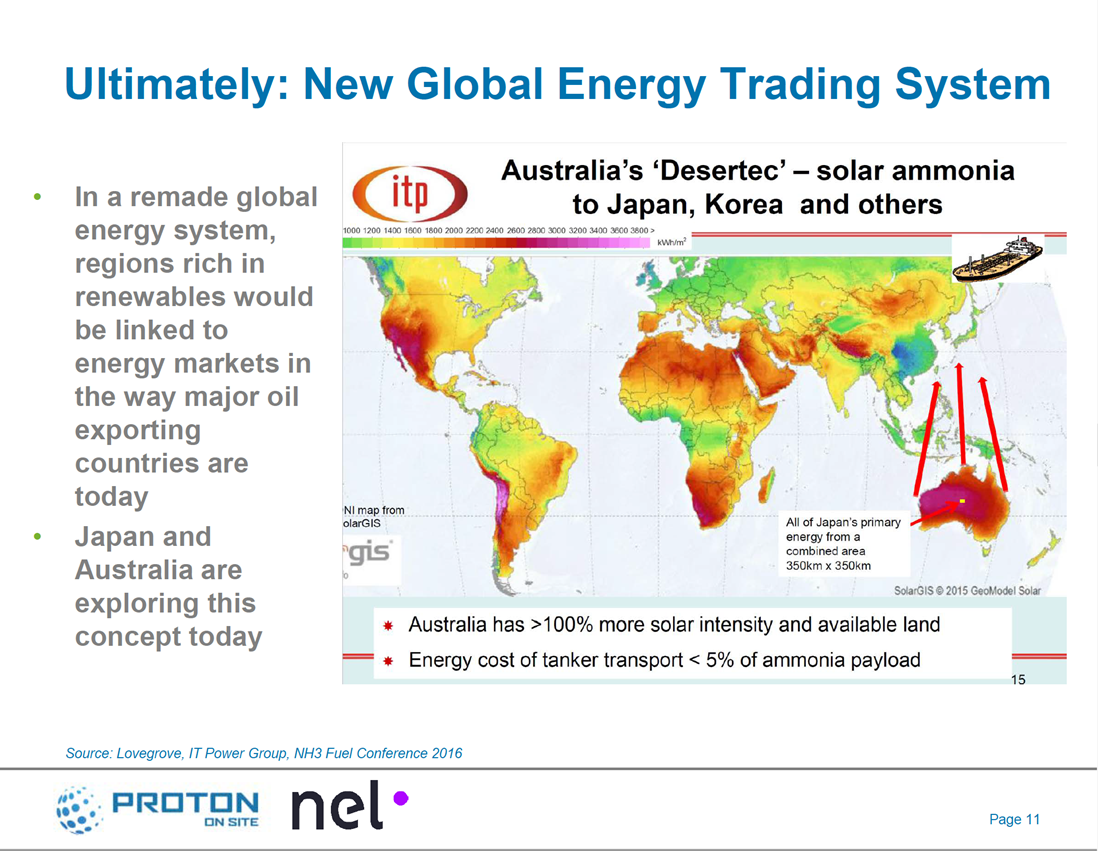On the Ground in Australia: Two Key Mentions for Ammonia Energy
Ammonia energy is about the development of technology, but it is also about the mobilization of investment. To be precise, it is about how evolving technology can attract investment and how investment enables technological evolution. A dynamic of this nature is emerging in Australia, where recent citations of ammonia energy in two mainstream venues signal its arrival as a legitimate target for public- and private-sector investment.
